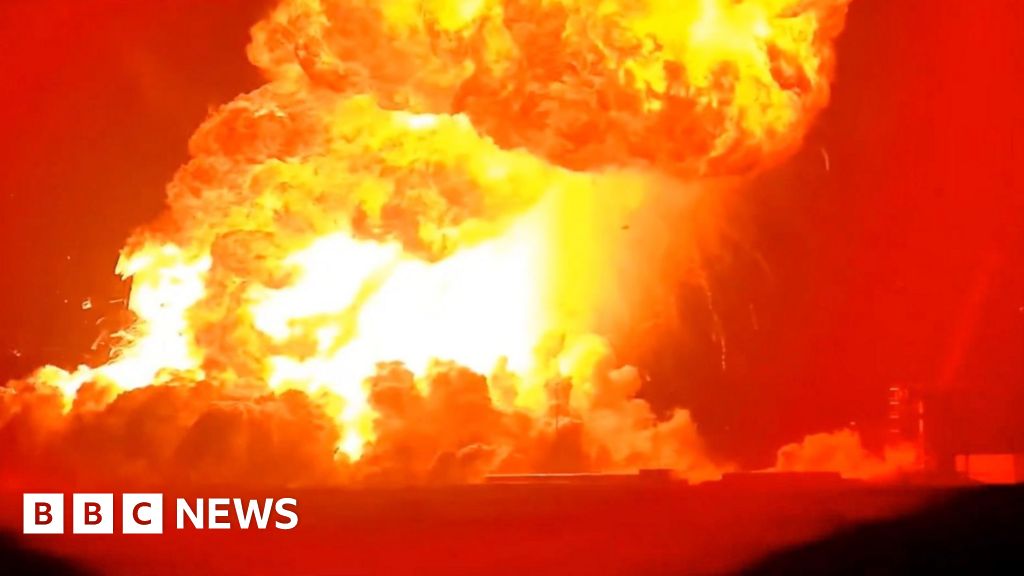Ice could offer a way of storing messages long-term in cold environments
Anton Petrus/Getty Images
Information could potentially be stored in ice for millennia, simply by making subtle changes to the shape and position of internal bubbles, which can then be converted into binary or Morse codes.
Mengjie Song at the Beijing Institute of Technology in China and his team were studying the formation of ice when they realised they could influence the size and shape of the bubbles that formed within. For instance, when freezing layers of water between plastic sheets, they found that changing the freezing rate created either egg-shaped or needle-shaped bubble layers.
The researchers then assigned bubble sizes, shapes and positions to characters within Morse and binary codes. Controlling the freezing rate of the water between the plastic sheets then created ice that spelled out a message via internal bubbles.
When they converted a photo of this ice into grey scale, the areas that appeared white represented regions of ice with bubbles, while black areas were bubble-free. From this, a computer could detect the size and position of the bubbles and decode the message.
Only a few sentences of information could be stored in a standard ice cube using available technology, but it is possible that information could also be stored by manipulating bubbles inside materials such as plastics, says Song.
He says the research has many applications, besides just the “novelty of being able to read a message encoded in an ice cube in a drink”. “The advantage of this study is the capacity for long duration storage of information in a cold environment, such as in the north or south pole,” says Song.
Understanding bubbles better means they could one day be made to contain ozone for food preservation or hold slow-release drugs, he says. He is particularly interested in how bubbles could help prevent ice forming on aircraft wings and learning how they will behave in lunar environments.
But Qiang Tang at the University of Sydney, Australia, is less convinced by the study’s real-world potential, arguing that important information can be stored for a long time on hard discs or paper, which are easily backed up.
“It’s a new way of representing a message and storing it in a new place, but from a cryptography or security perspective, I don’t think it will be useful at all unless a polar bear may want to tell someone something,” he says.
Topics:
Source link

















